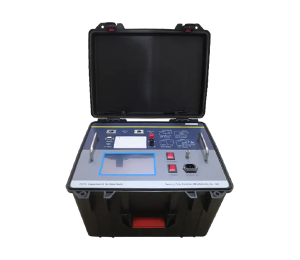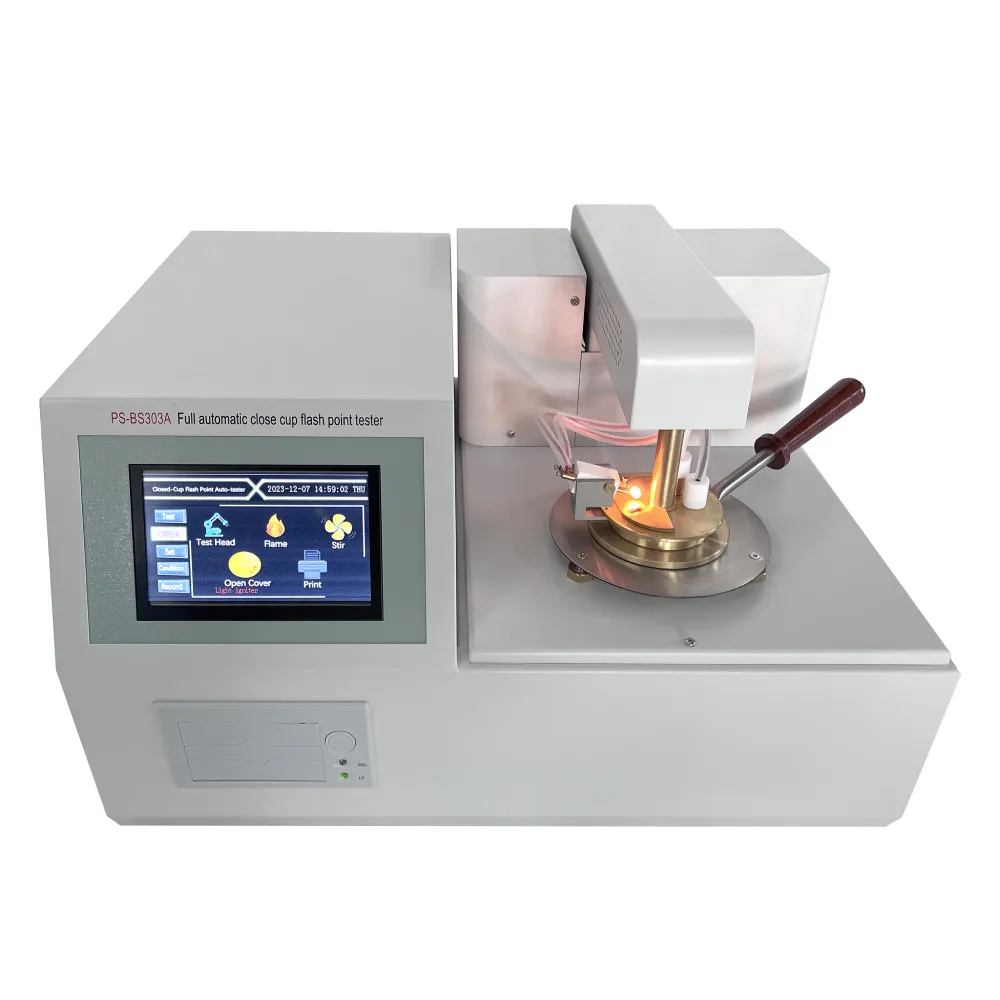TEL:
+86-0312-3189593
 English
English

Telephone:0312-3189593

Email:sales@oil-tester.com

-
 Afrikaans
Afrikaans -
 Albanian
Albanian -
 Amharic
Amharic -
 Arabic
Arabic -
 Armenian
Armenian -
 Azerbaijani
Azerbaijani -
 Basque
Basque -
 Belarusian
Belarusian -
 Bengali
Bengali -
 Bosnian
Bosnian -
 Bulgarian
Bulgarian -
 Catalan
Catalan -
 Cebuano
Cebuano -
 China
China -
 China (Taiwan)
China (Taiwan) -
 Corsican
Corsican -
 Croatian
Croatian -
 Czech
Czech -
 Danish
Danish -
 Dutch
Dutch -
 English
English -
 Esperanto
Esperanto -
 Estonian
Estonian -
 Finnish
Finnish -
 French
French -
 Frisian
Frisian -
 Galician
Galician -
 Georgian
Georgian -
 German
German -
 Greek
Greek -
 Gujarati
Gujarati -
 Haitian Creole
Haitian Creole -
 hausa
hausa -
 hawaiian
hawaiian -
 Hebrew
Hebrew -
 Hindi
Hindi -
 Miao
Miao -
 Hungarian
Hungarian -
 Icelandic
Icelandic -
 igbo
igbo -
 Indonesian
Indonesian -
 irish
irish -
 Italian
Italian -
 Japanese
Japanese -
 Javanese
Javanese -
 Kannada
Kannada -
 kazakh
kazakh -
 Khmer
Khmer -
 Rwandese
Rwandese -
 Korean
Korean -
 Kurdish
Kurdish -
 Kyrgyz
Kyrgyz -
 Lao
Lao -
 Latin
Latin -
 Latvian
Latvian -
 Lithuanian
Lithuanian -
 Luxembourgish
Luxembourgish -
 Macedonian
Macedonian -
 Malgashi
Malgashi -
 Malay
Malay -
 Malayalam
Malayalam -
 Maltese
Maltese -
 Maori
Maori -
 Marathi
Marathi -
 Mongolian
Mongolian -
 Myanmar
Myanmar -
 Nepali
Nepali -
 Norwegian
Norwegian -
 Norwegian
Norwegian -
 Occitan
Occitan -
 Pashto
Pashto -
 Persian
Persian -
 Polish
Polish -
 Portuguese
Portuguese -
 Punjabi
Punjabi -
 Romanian
Romanian -
 Russian
Russian -
 Samoan
Samoan -
 Scottish Gaelic
Scottish Gaelic -
 Serbian
Serbian -
 Sesotho
Sesotho -
 Shona
Shona -
 Sindhi
Sindhi -
 Sinhala
Sinhala -
 Slovak
Slovak -
 Slovenian
Slovenian -
 Somali
Somali -
 Spanish
Spanish -
 Sundanese
Sundanese -
 Swahili
Swahili -
 Swedish
Swedish -
 Tagalog
Tagalog -
 Tajik
Tajik -
 Tamil
Tamil -
 Tatar
Tatar -
 Telugu
Telugu -
 Thai
Thai -
 Turkish
Turkish -
 Turkmen
Turkmen -
 Ukrainian
Ukrainian -
 Urdu
Urdu -
 Uighur
Uighur -
 Uzbek
Uzbek -
 Vietnamese
Vietnamese -
 Welsh
Welsh -
 Bantu
Bantu -
 Yiddish
Yiddish -
 Yoruba
Yoruba -
 Zulu
Zulu
Мар . 04, 2025 00:51
Back to list
electrical ir test
Electrical IR (Infrared) testing is an indispensable tool in the realm of electrical maintenance and safety. It leverages non-contact infrared thermography technology to diagnose potential issues in electrical systems. This method has proven to be exceptionally effective at identifying overheating components, potential failures, and optimizing system maintenance, making it a favorite among electrical engineers and safety professionals.
As for trustworthiness, businesses and homeowners alike have come to rely on Electrical IR test results for informed decision-making. The non-contact nature of infrared testing ensures that operations are not disrupted, while also guaranteeing the safety of personnel involved in the process. Furthermore, the visual nature of the thermographic results, typically presented as thermal or color-correlated images, provides a clear and unequivocal portrayal of the equipment’s condition, fostering transparency and trust. In product evaluations, infrared test results guide purchasing decisions by highlighting the resiliency of electrical components under operational stress. This analysis assists in discernment regarding quality and longevity, drawing attention to products that withstand thermal scrutiny over extended periods. Manufacturers utilizing IR testing bolster their quality assurance protocols, ensuring that only the most reliable products reach the market. As technology advances, the realm of Electrical IR testing continues to evolve, with newer cameras featuring enhanced machine learning capabilities that automatically flag irregularities without human input. The automation of such detections increases the testing's accuracy and efficiency, reducing the risk of oversight and human error. This not only boosts the credibility of the testing results but also enhances user confidence in deploying these methods. In conclusion, Electrical IR testing stands as a pillar of electrical maintenance due to its unparalleled ability to safely, accurately, and efficiently diagnose hidden issues. Its applicability extends beyond mere trouble-shooting; it is an essential component of a forward-thinking, proactive maintenance strategy. Incorporating regular IR testing can undoubtedly lead to improved safety, operational efficiency, and long-term cost savings, solidifying its place as an authoritative practice in the electrical safety toolkit.


As for trustworthiness, businesses and homeowners alike have come to rely on Electrical IR test results for informed decision-making. The non-contact nature of infrared testing ensures that operations are not disrupted, while also guaranteeing the safety of personnel involved in the process. Furthermore, the visual nature of the thermographic results, typically presented as thermal or color-correlated images, provides a clear and unequivocal portrayal of the equipment’s condition, fostering transparency and trust. In product evaluations, infrared test results guide purchasing decisions by highlighting the resiliency of electrical components under operational stress. This analysis assists in discernment regarding quality and longevity, drawing attention to products that withstand thermal scrutiny over extended periods. Manufacturers utilizing IR testing bolster their quality assurance protocols, ensuring that only the most reliable products reach the market. As technology advances, the realm of Electrical IR testing continues to evolve, with newer cameras featuring enhanced machine learning capabilities that automatically flag irregularities without human input. The automation of such detections increases the testing's accuracy and efficiency, reducing the risk of oversight and human error. This not only boosts the credibility of the testing results but also enhances user confidence in deploying these methods. In conclusion, Electrical IR testing stands as a pillar of electrical maintenance due to its unparalleled ability to safely, accurately, and efficiently diagnose hidden issues. Its applicability extends beyond mere trouble-shooting; it is an essential component of a forward-thinking, proactive maintenance strategy. Incorporating regular IR testing can undoubtedly lead to improved safety, operational efficiency, and long-term cost savings, solidifying its place as an authoritative practice in the electrical safety toolkit.
Previous:
Latest news
-
Testing Equipment Industry Sees Major Advancements in 2025: Smart & Precision Technologies Lead the WayNewsJun.06,2025
-
Applications of Direct Current Generators in Renewable Energy SystemsNewsJun.05,2025
-
Hipot Tester Calibration and Accuracy GuidelinesNewsJun.05,2025
-
Digital Circuit Breaker Analyzer Features and BenefitsNewsJun.05,2025
-
Benefits of Real-Time Power Quality Monitoring Devices for Industrial EfficiencyNewsJun.05,2025
-
Earth Fault Loop Testing in High-Rise Building Electrical SystemsNewsJun.05,2025



